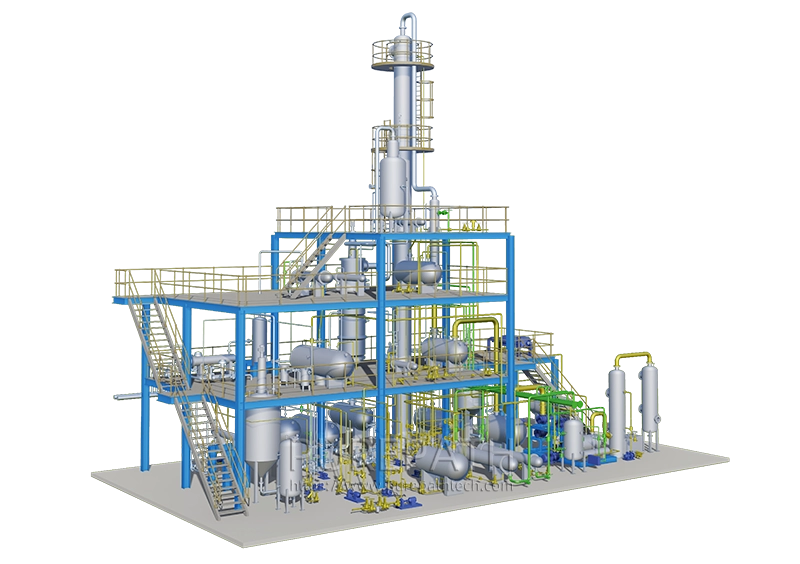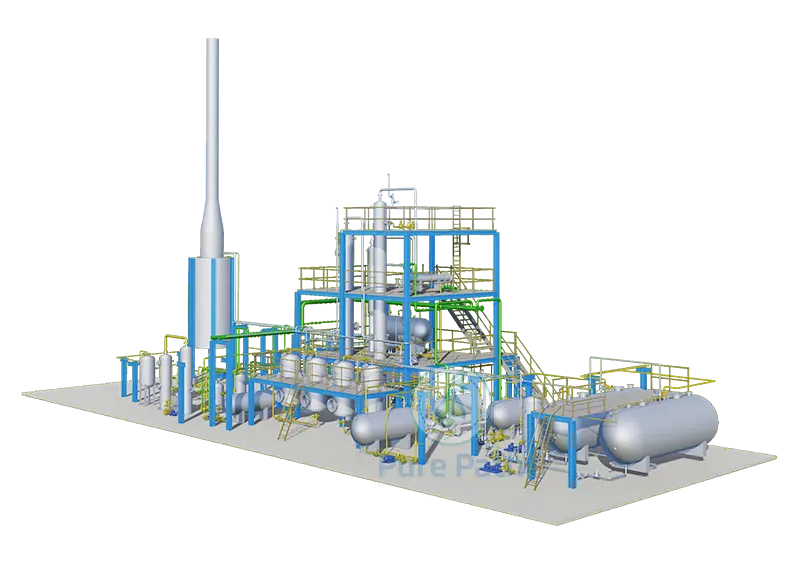Waste Oil Recycling Innovation and Environmental Protection
Waste oil, a byproduct of various industrial and domestic activities, poses a significant threat to the environment if not disposed of properly. Improper disposal can contaminate soil and water with harmful chemicals, impacting ecosystems and human health. Fortunately, waste oil is not simply waste; it’s a valuable resource that can be recycled and reutilized through a well-established process. However, advancements in technology are pushing the boundaries of waste oil recycling, leading to increased efficiency, improved reutilisation rates, and minimized processing pollution, all of which contribute significantly to environmental protection.
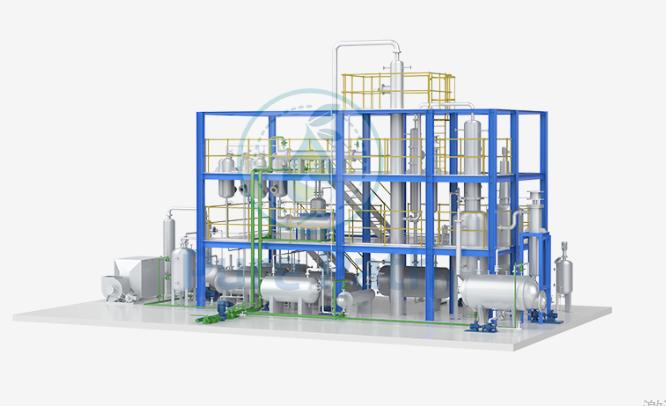
The Traditional Waste Oil Recycling Journey
Traditionally, waste oil recycling involves a series of steps to separate usable components from contaminants and impurities.
- Collection and Storage: Collect used oil from various sources and store it in sealed containers.
- Sedimentation: Allow heavier contaminants to settle at the bottom of storage tanks.
- Filtration: Filter the oil to remove remaining suspended particles.
- Distillation: Separate the oil into different fractions based on their boiling points.
- Refining: Further treat the distilled fractions to remove any remaining contaminants.
- Reutilisation: Reintroduce refined oil into the market for use as new lubricants, fuel oil, or other products.
This traditional approach provides a solid foundation for waste oil management, but advancements in technology are constantly pushing the boundaries of efficiency and environmental responsibility.
The Impact of Technological Innovation on Waste Oil Recycling
The drive for a more sustainable future has led to the development of innovative technologies that are transforming the waste oil recycling landscape. These advancements offer several key benefits:
1. Increased Recycling Efficiency
New technologies are enabling the collection of waste oil from a wider range of sources, including:
- Improved collection infrastructure: Developments like mobile collection units and user-friendly collection containers are making it easier for households and smaller workshops to participate in waste oil recycling programs.
- Advanced sorting techniques: Sensor-based systems can now effectively identify and separate different types of used oil, ensuring proper handling and maximizing the recovery of valuable resources.
By capturing a larger portion of waste oil, these innovations significantly reduce the amount entering the environment, minimizing the risk of soil and water contamination.
2. Enhanced Reutilisation Rates
Technological advancements are also leading to improved conversion rates of used oil into valuable products:
- Advanced distillation techniques: Newer distillation methods, such as vacuum distillation, offer greater precision in separating oil fractions, resulting in higher yields of high-quality base stock for lubricants.
- Catalytic processes: Catalysts are being employed to enhance the refining process, removing contaminants more effectively and creating cleaner recycled oil suitable for a wider range of applications.
- Bioremediation technologies: Emerging techniques explore the use of microorganisms to break down specific contaminants in used oil, offering a potentially more eco-friendly approach to refining.
These advancements not only increase the usability of recycled oil but also reduce reliance on virgin resources like crude oil. Additionally, the cleaner burning properties of efficiently processed recycled oil contribute to lower greenhouse gas emissions.
3. Minimized Processing Pollution
Innovation is also playing a crucial role in minimizing the environmental impact of the waste oil processing itself:
- Closed-loop systems: The development of closed-loop systems allows for the recycling and reuse of solvents and other materials used during processing, minimizing waste generation.
- Wastewater treatment advancements: New technologies are being implemented to treat wastewater generated during oil processing more effectively, ensuring cleaner water discharge and protecting aquatic ecosystems.
- Air pollution control systems: Advanced air pollution control systems are being integrated into processing facilities to capture and treat harmful emissions, reducing air pollution caused by waste oil processing.
These advancements not only safeguard the environment from potential contamination but also contribute to a healthier and safer working environment for those involved in the waste oil recycling industry.
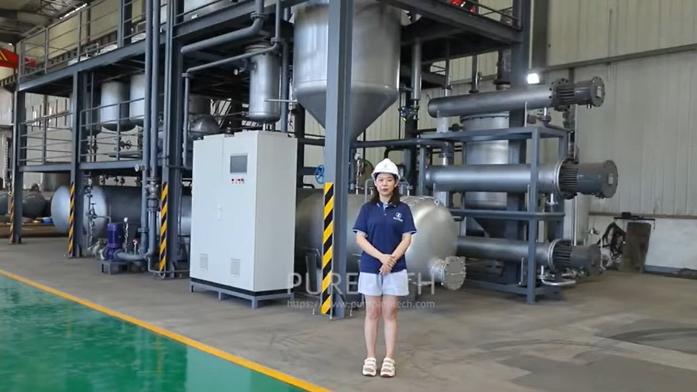
Examples of Innovative Waste Oil Recycling Technologies
Several specific technologies exemplify the innovative spirit driving progress in waste oil recycling:
- Supercritical Fluid Extraction (SFE): This technique utilizes a substance like carbon dioxide in a supercritical state (acting like both a liquid and a gas) to extract oil components from waste oil. SFE offers high efficiency and minimal environmental impact compared to traditional solvent extraction methods.
- Membrane Separation: This approach utilizes specialized membranes to selectively separate oil from contaminants in waste oil. Membrane separation offers advantages like simplicity, low energy consumption, and the potential for water reuse in the process.
- Bioremediation: As mentioned earlier, bioremediation is an emerging technology that harnesses the power of microorganisms to break down specific contaminants in used oil. This method offers a potentially eco-friendly alternative to traditional refining processes, although further research and development are needed for widespread adoption.
These are just a few examples, and continuous research and development efforts are constantly pushing the boundaries of what’s possible in waste oil recycling.
The Broader Benefits of Innovation
The impact of technological innovation in waste oil recycling extends beyond environmental protection. Here are some additional benefits:
- Economic Growth: A thriving waste oil recycling industry fosters economic activity by creating jobs in collection, processing, and product development. Additionally, the production of high-quality recycled oil reduces dependence on imported crude oil, potentially leading to cost savings.
- Market Expansion: The development of new technologies allows for the creation of higher-quality recycled products, opening doors to new markets and applications for recycled oil. This market expansion further incentivizes investment in the recycling industry.
- Sustainable Future: By promoting resource recovery and minimizing environmental impact, technological innovation in waste oil recycling paves the way for a more sustainable future. This responsible approach to waste management ensures the availability of resources for future generations.
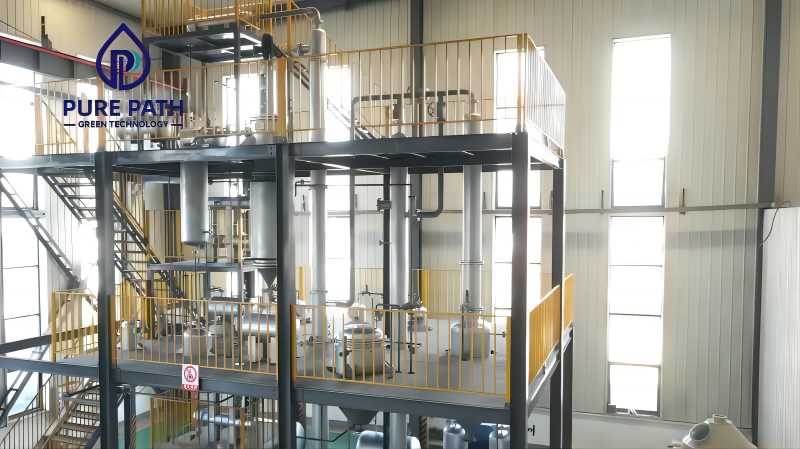
Conclusion
Waste oil recycling is a crucial component of environmental protection, and technological innovation is playing a transformative role in this process. By increasing efficiency, maximizing reutilisation, and minimizing environmental impact, these advancements are leading the way towards a more sustainable future. Continued investment in research and development will be essential to unlock the full potential of waste oil recycling, ensuring a cleaner environment and a thriving circular economy.


